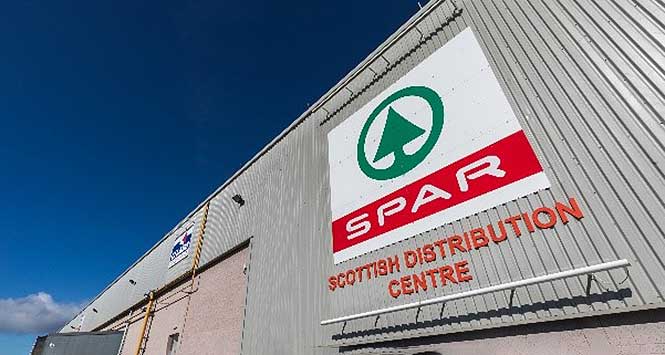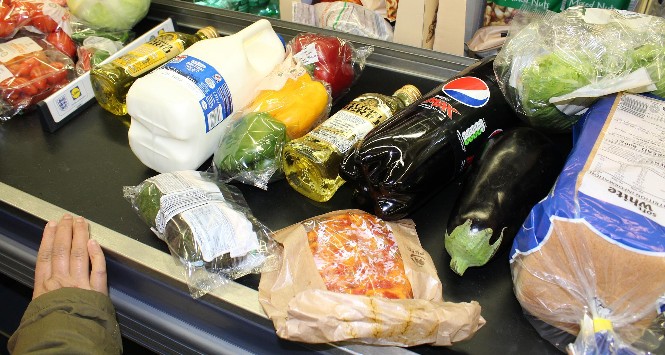Making use of data to drive valuable insight is a concept that makes many local retailers nervous – but it shouldn’t, says Thomas Hall, Analytics Programme Director at IRI Worldwide.
When convenience retailers think about starting the journey to harness the power of so-called ‘Big Data’, it’s normally met with fear and trepidation – and more often than not, the question: “What is big data?”
The problem with the term big data is that it is loaded with all sorts of connotations, and is commonly used by vendors to talk about data processing speeds or data storage capabilities. For most in the convenience channel, it’s all a bit “so what”.
I prefer to replace big data with “big impact”, as ultimately this is the end result. It’s about helping convenience retailers to minimise wastage, stock the right products, spend more time with customers and create a better working environment. The bottom line is that retailers want to add value to their business and make more profit.
Recognising the challenges
But when we talk to convenience retailers, they typically raise three challenges when talking about how they can use big data to drive business growth:
- We are concerned with the quality of our data
- We do not have the people
- We are not sophisticated enough
- In reality, these are just excuses for fear of getting things wrong.
Concerns about data quality
Retailers have access to much more data than they think. They have PoS data, barcode level sales data, plus intelligence on things like store location and proximity to amenities (bus or train station, city centre, etc), as well as staffing details. The point is that c-stores have all the information they need, but just need to be using it in the right way.
Even in parts of the developing world, where they have few tills, the location of stores are not mapped and pricing compliance is non-existent, store owners go through the painstaking process of counting stock, recording invoices and checking shelf prices. Even this basic level of data lets them collect sales and price measures that are used to make pivotal decisions on product range, optimal pricing and the most effective promotions to help drive sales.
We do not have the people
Fear of failure is the main barrier to not investing in an insight capability or working with third parties to help support your business.
Typically, any investment in good quality data insight will provide a return many times over. Many of the big retailers operate insight operations, supplying vital recommendations to the business on changes with an associated return on investment. For example, “if you put the price up by X we can make Y”.
In 90% of cases, if backed with solid mathematics, these recommendations will hold true. Customers are by nature habitual and behaviour can be predicted and acted upon. But choose a partner to support you with this; one that has the right experience, FMCG knowledge and people who will challenge the status quo.
Unsophisticated
The final concern I hear is “we lack the sophistication” to generate big insight. But how sophisticated you are is irrelevant when it comes to maximising the value of the data you have available – just look at what those stores in Africa and Asia are doing with the insight from their data to run and grow their businesses.
The outcomes from insight programmes are simple – convenient insight for the convenience channel.
Programs can be put in place to do all of the hard work for you. Real time changes to price, un-scripted promotions and prompts to minimise out of stock issues can be served up to staff and acted upon immediately. The underlying models sit on the retailer’s system reading the data in real time and making smart decisions to enable shopkeepers to focus on the most important thing, spending time with customers and being the face of a thriving c-store.
It’s easier than you think.







